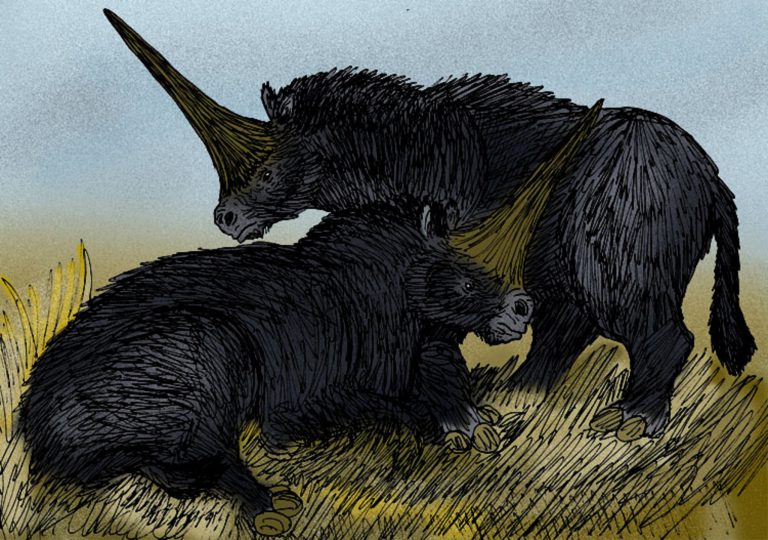
Palaeontologists from Tomsk State University (TSU) have uncovered that the now-extinct giant ‘Siberian unicorn’ was roaming the Earth more recently than previously thought.
The Siberian unicorn, otherwise known as Elasmotherium sibiricum, barely resembles the mythical, horned horse-like creature we are used to seeing in many works of fantasy. It is in fact a species of mammal that looks much like a rhinoceros, weighing around 8,000lbs and easily recognised by horn protruding from its forehead, according to U.S. News.
Researchers previously believed that the Siberian unicorn disappeared around 350,000 years ago, but research published in the American Journal of Applied Science describes a more recent discovery of a well-preserved skull in Kazakhstan, Central Asia.
Real “Siberian unicorn” may have roamed the planet far more recently than we thought: https://t.co/VDbx4iMLTd pic.twitter.com/3yVsp4iBmy
— CNN (@CNN) 29 March 2016
Now, experts from TSU in Russia claim that the unicorn may have existed 29,000 years ago. According to a study published in the journal Nature, in 2008 , a human fossil was discovered in Western Siberia, the same region where the Elasmotherium skull was found, which dated back 45,000 years, proving that the unicorn would have roamed the Earth at the same time as our prehistoric ancestors.
The skull was uncovered near the village of Kozhamzhar in the Pavlodar region of Kazakhstan, and was in relatively good condition.
“Most likely it was a very large male of very large individual age,” said palaeontologist Andrey Shpanski of TSU.
“The dimensions of this rhino today are the biggest of those described in the literature.”
This ancient ‘Siberian unicorn’ may have been witnessed by modern humans https://t.co/a33oDsCQL0
— Fusion (@ThisIsFusion) 30 March 2016
Siberian rhinos, which were most likely herbivorous, have been described as weighing up to four tonnes, standing two-metres tall by almost five metres long.
Their habitat spanned from the Don River to the east of modern Kazakhstan, according to the study.
“Most likely, in the south of Western Siberia it was a refúgium, where this rhino had preserved the longest in comparison with the rest of its range,” explained Shpanski. “There is another option that it could migrate and dwell for a while on the more southern areas.”
Image via Apokryltaros at English Wikipedia.
Liked this? Then you’ll love these…
University study finds bacteria have the ability to see
University study finds pesticides can cause learning difficulties in Honeybees







